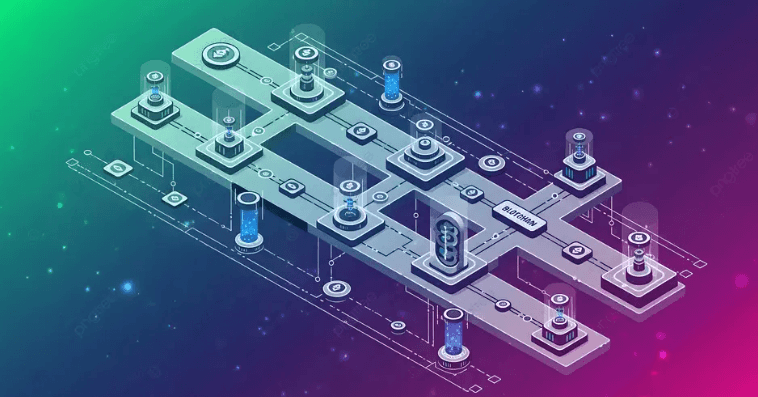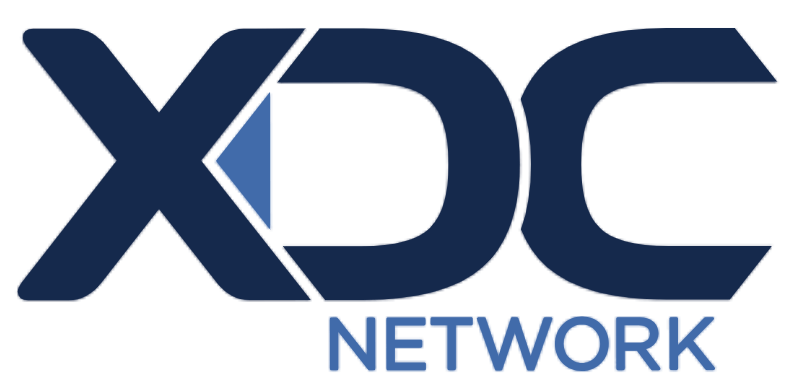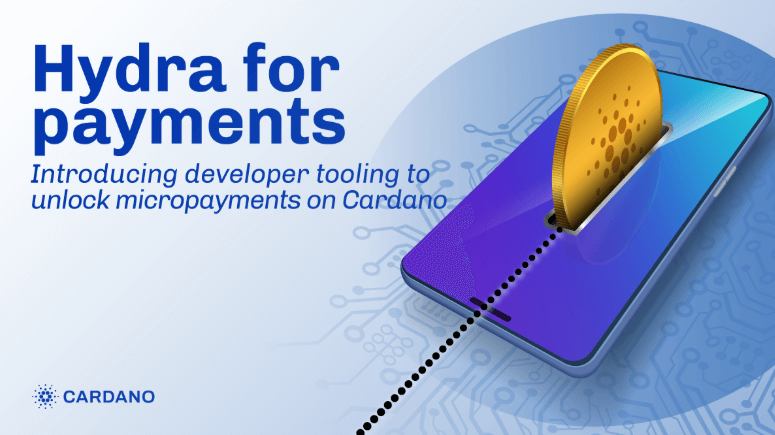Ethereum 2.0, also known as the Ethereum upgrade or “The Merge,” marks a significant shift in the Ethereum blockchain, transitioning from Proof-of-Work (PoW) to Proof-of-Stake (PoS). This transformation not only enhances network security and efficiency but also opens new opportunities for investors and stakers.

The Impact of Ethereum 2.0 on Staking
One of the most notable changes in Ethereum 2.0 is the introduction of staking as the primary method for validating transactions. Instead of miners solving complex mathematical problems, validators now secure the network by staking ETH. This shift has led to several key benefits:
- Energy Efficiency: PoS significantly reduces Ethereum’s energy consumption, making it more sustainable.
- Increased Network Security: By requiring validators to stake ETH, the network becomes more resistant to attacks.
- Passive Income for Holders: Ethereum holders can now earn rewards by participating in staking, providing an additional source of income.
Opportunities for Investors
With Ethereum 2.0 fully operational, investors have multiple ways to engage with staking:
- Solo Staking: Individuals with at least 32 ETH can become validators and earn staking rewards directly.
- Staking Pools: Those with fewer than 32 ETH can participate in staking pools, combining their funds with others to receive rewards.
- Liquid Staking: Platforms like Lido and Rocket Pool offer liquid staking solutions, allowing users to stake ETH while still having access to their funds.
Challenges and Future Prospects
Despite its advantages, Ethereum 2.0 staking comes with certain risks:
- Slashing Risks: Validators who fail to follow network rules may have their staked ETH penalized.
- Liquidity Lockup: Staked ETH may not be easily accessible depending on the staking method used.
- Market Volatility: The price of ETH remains subject to market fluctuations, affecting staking returns.
Looking ahead, Ethereum 2.0’s staking model is expected to drive further innovation, with developments like sharding enhancing scalability. As Ethereum continues to dominate the blockchain space, staking will likely become an integral component of decentralized finance (DeFi) and institutional investment strategies.
Ethereum 2.0 is not just an upgrade—it’s a transformation that could shape the future of blockchain technology and investment opportunities for years to come.
Disclaimer: This article is for informational purposes only and is not investment advice. Investors should research carefully before making any decisions. We are not responsible for your investment decisions.
















